T4K3.news
HPV vaccine could cut cancer with better awareness
Public awareness of HPV and its vaccine is low, even as experts highlight its cancer prevention potential.
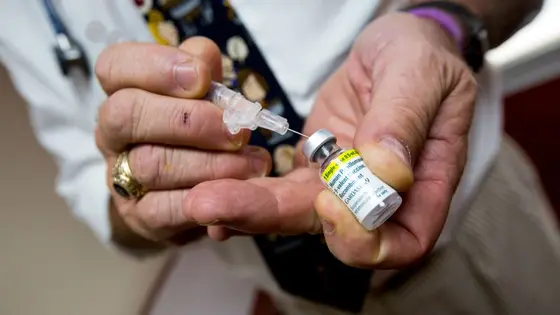
Public awareness about HPV and the vaccine is low even as experts highlight its cancer prevention potential.
HPV Vaccine Spurs Cancer Prevention Through Better Awareness
In the United States HPV is a common infection, and most people clear it. There are over 100 HPV types, and some are linked to cancer, including cancers of the cervix, vagina, vulva, penis, and anus, as well as certain oral cancers. Cervical cancer remains the most common HPV related cancer, with about 13,000 new cases each year and roughly 4,000 deaths. Across all HPV linked cancers, annual diagnoses reach about 48,000. The HPV vaccine has very high efficacy, close to 100 percent for preventing cervical cancer in women and a strong shield against other HPV related cancers in men who have sex with men, and it also reduces genital warts. The CDC recommends giving the first vaccine dose at age 11 or 12, with two doses for ages 9–14 and three doses for older or immunocompromised individuals.
Despite this, public awareness is low. A JAMA Oncology study shows more than a third of adults in the United States do not know about HPV or the vaccine. Dr. Leana Wen, CNN’s wellness expert, says vaccination aims to protect against diseases someone might encounter in life, not to promote sexual activity. There are notable state gaps in knowledge, underscoring the need for clearer education for teens, parents, and health professionals.
Key Takeaways
"HPV infection is very common, and most infections clear on their own, but high risk types can persist."
Explains HPV prevalence and risk
"Giving the vaccine is not about encouraging a behavior but about protecting against what someone may be exposed to."
Vaccine rationale discussed by Dr Wen
"There is a critical need to enhance HPV awareness among adolescents, young adults, parents, and healthcare professionals."
Conclusion from the interview
"Public health gains rely on clear messaging that meets people where they are."
Editorial closing thought
Public health campaigns face a challenge: turning complex medical facts into everyday actions. Even with strong evidence, confusion persists about who should get the shot and when. Messaging should emphasize cancer prevention, normalize vaccination in routine care, and address safety and efficacy transparently. The article signals a need for coordinated efforts across schools, clinics, and media to raise awareness and counter misinformation.
Equity matters. If awareness lags in some states, uptake will stay uneven. Policymakers and health systems should align resources to sustain education, reduce access barriers, and monitor attitudes so campaigns can adapt quickly. That requires trust, clarity, and sustained funding.
Highlights
- Vaccination is protection you can count on for the long game
- Awareness is the first shield against cancer linked to HPV
- Protecting against cancers starts with a single shot
- Public health wins when science meets everyday life
Public awareness and vaccine uptake at risk
The article raises sensitive topics around sexuality, parental choice and public health messaging. Misinformation or backlash could undermine vaccination efforts and cancer prevention
Health education must meet families where they are and stay aligned with the science.
Enjoyed this? Let your friends know!
Related News

UK study shows immunotherapy improves survival in penile cancer

Hookup Health on Campus
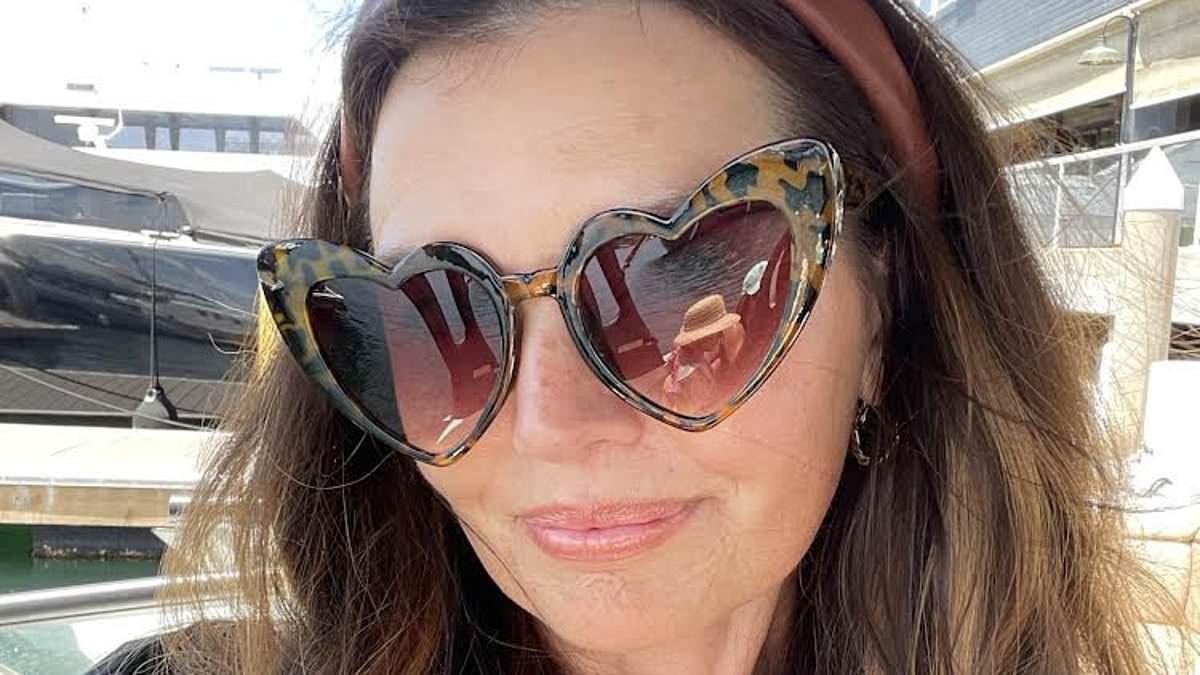
Jamie Powell reveals her cancer journey
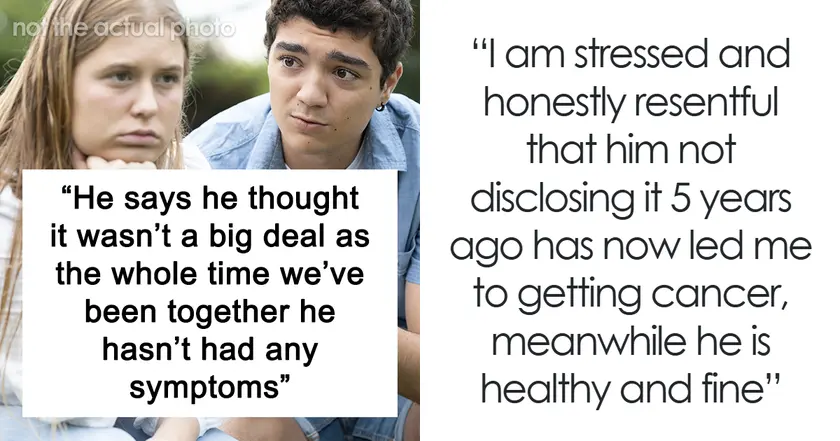
Woman's Cancer Linked To Boyfriend's Secret

College Hookups Demand Real STI Education
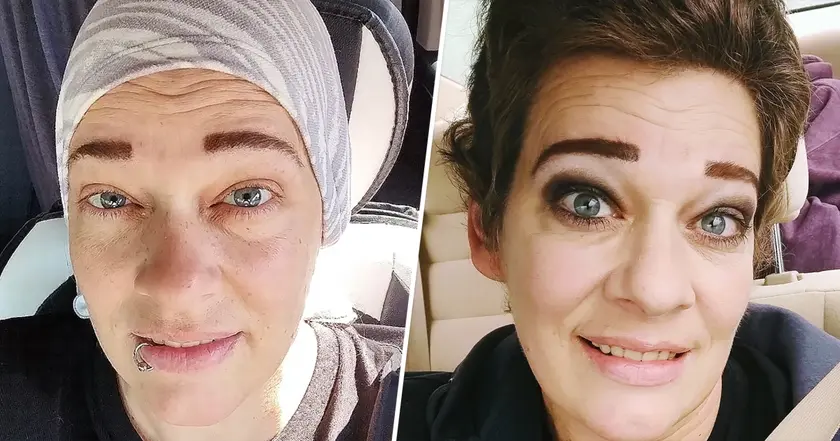
Mom reveals cervical cancer signs she ignored

Persistent sore throats may signal serious health risks
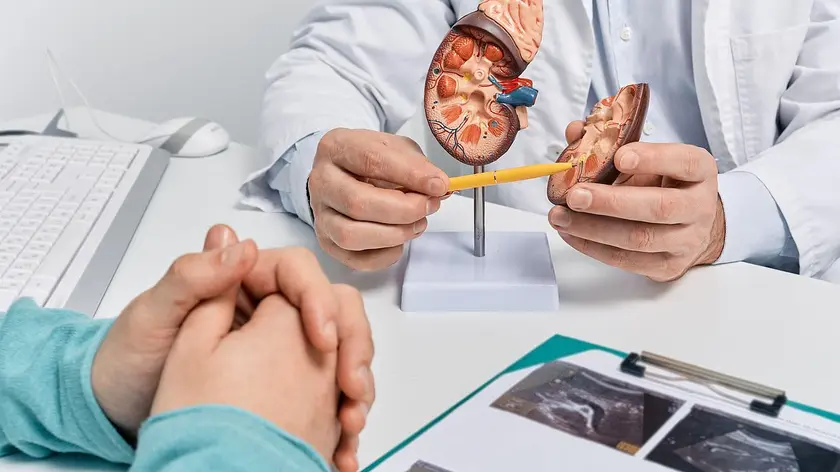
Experts demand clearer cancer warnings on drinks
